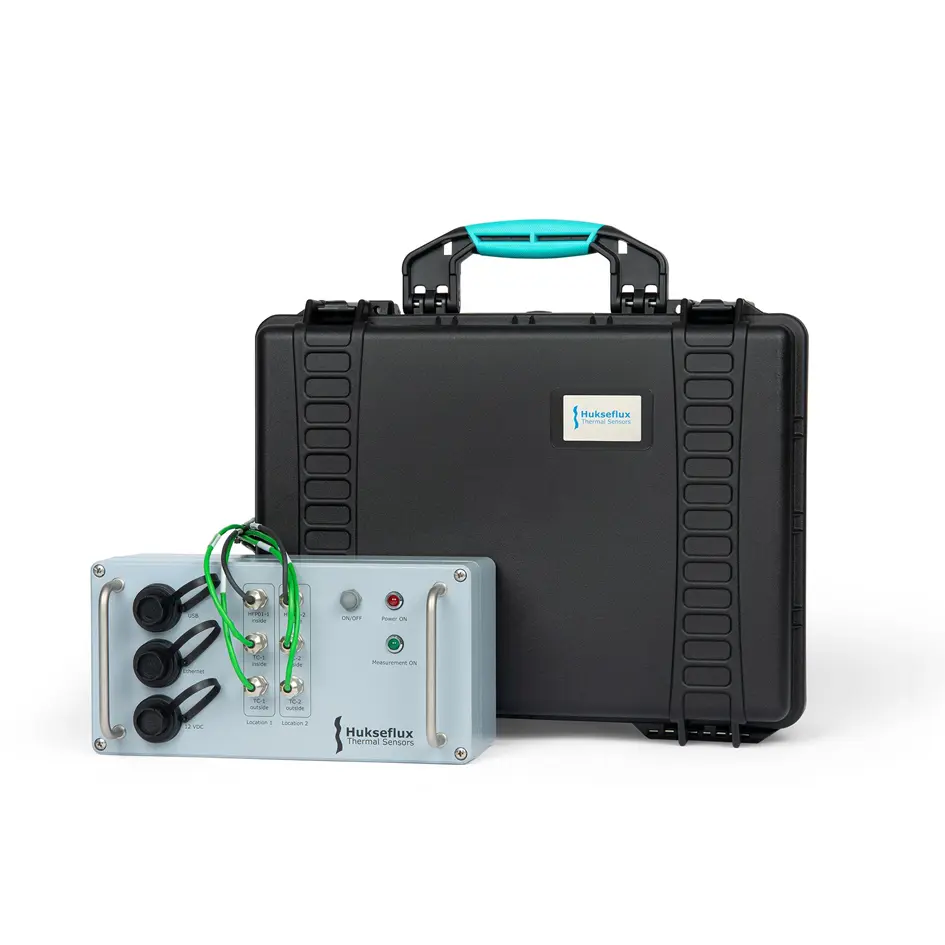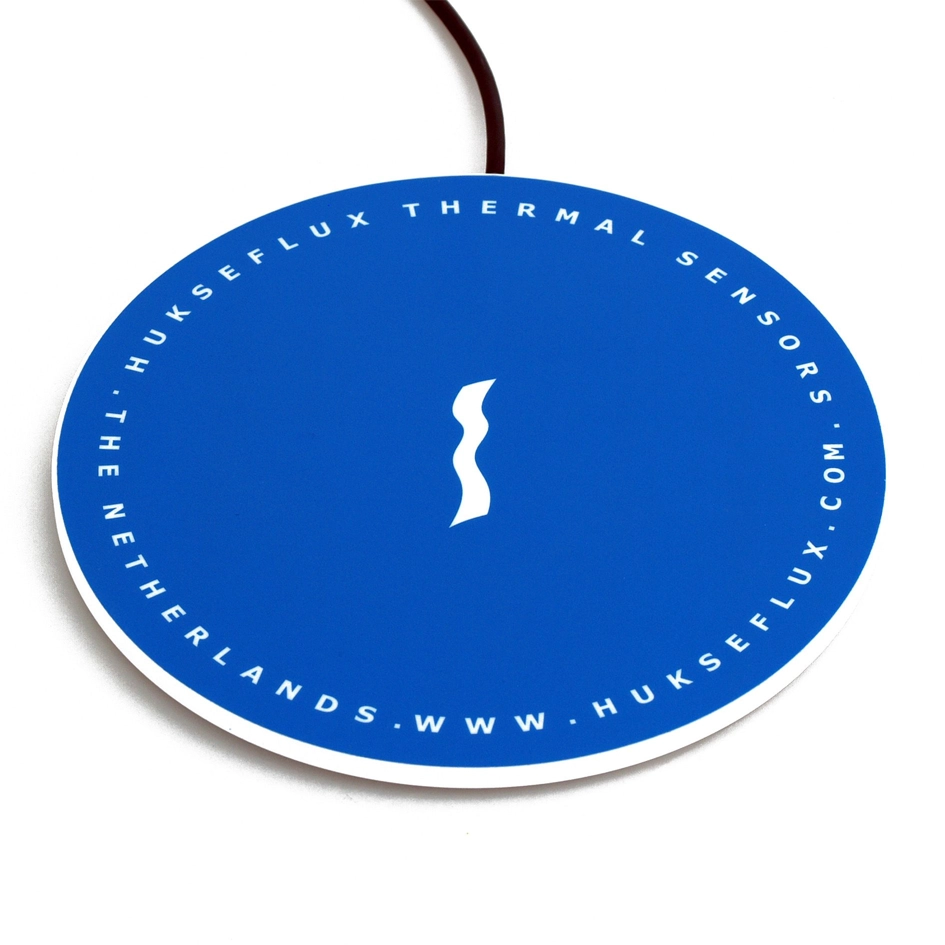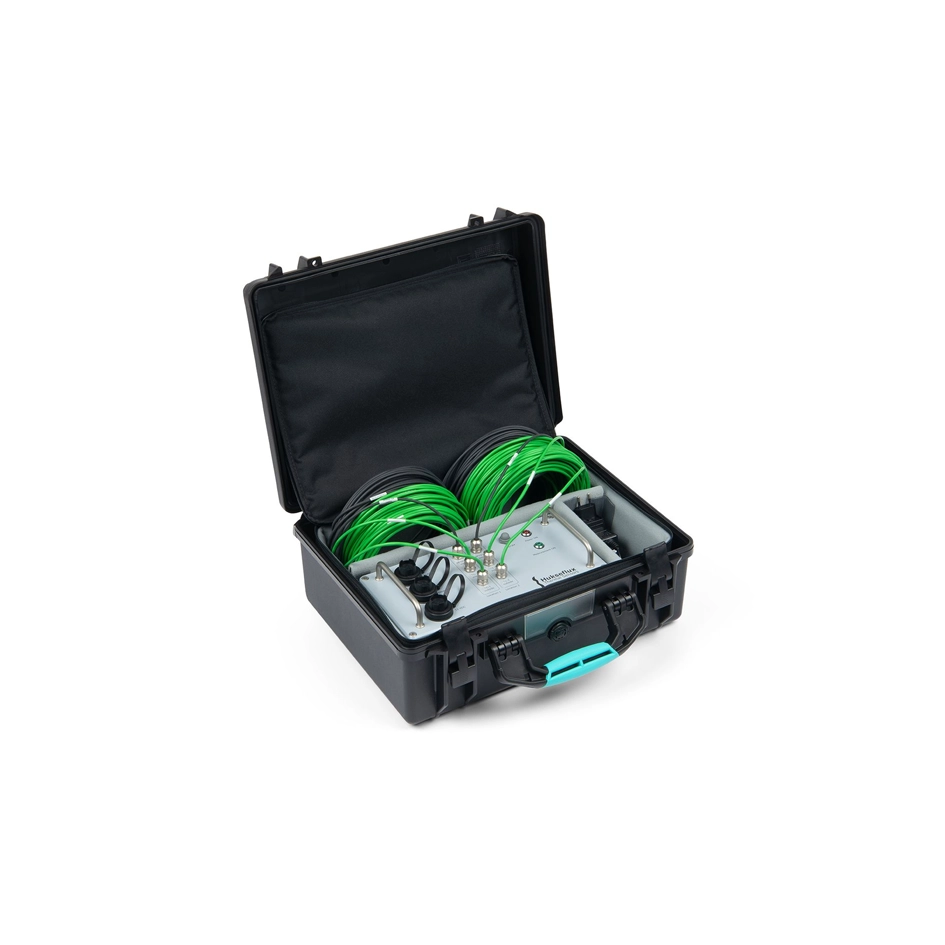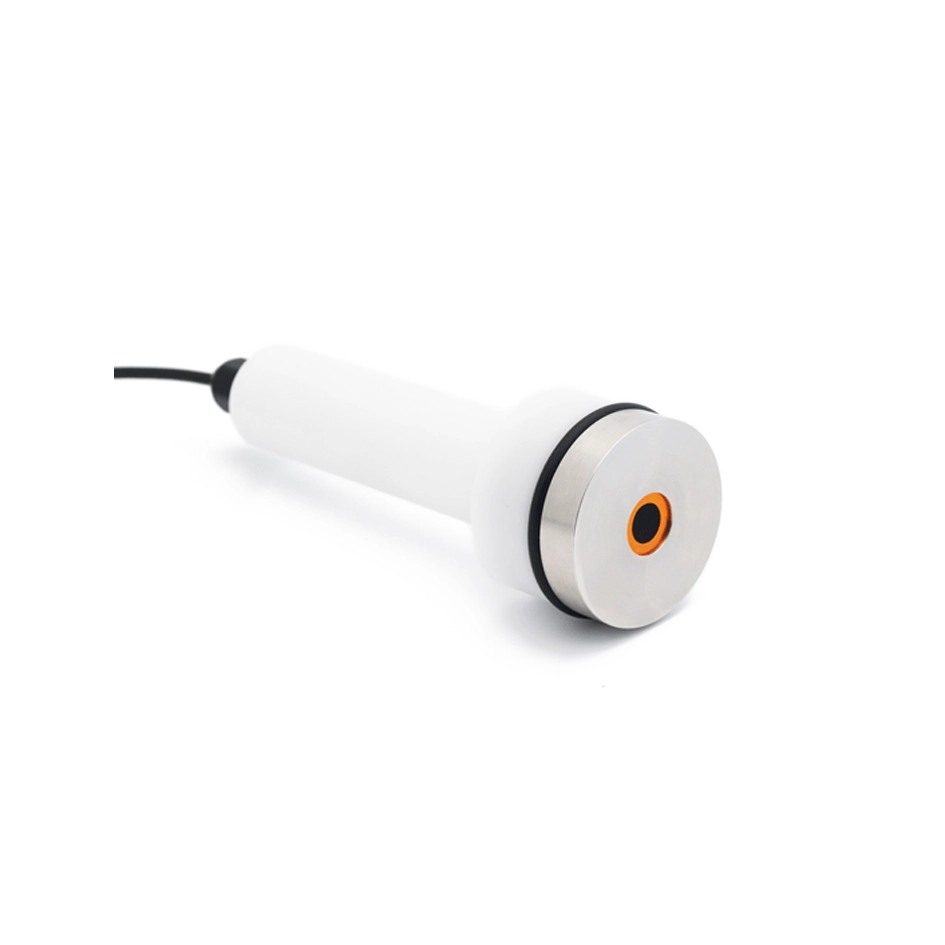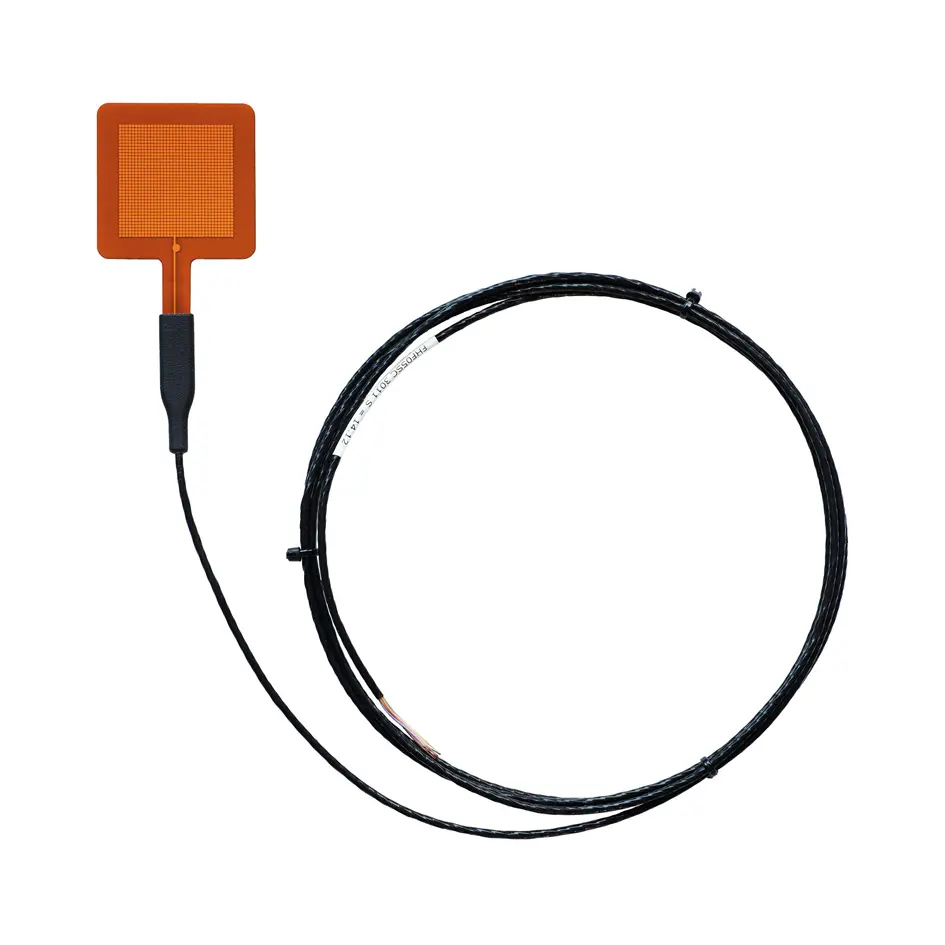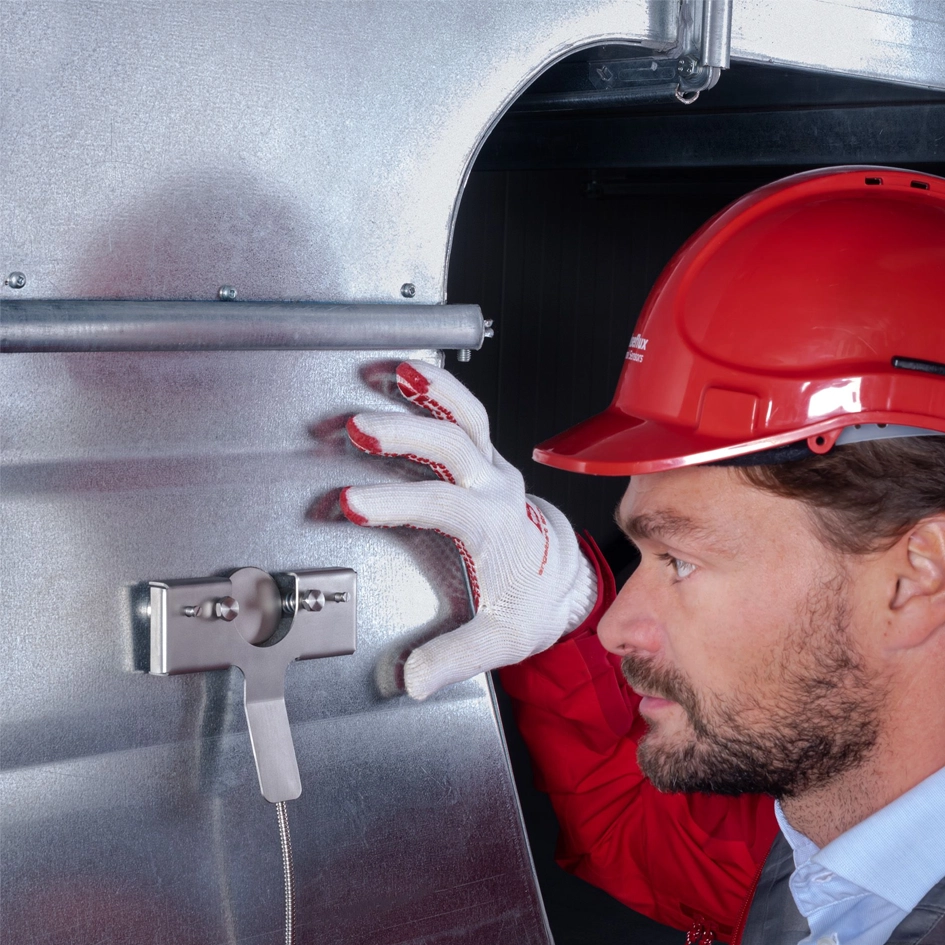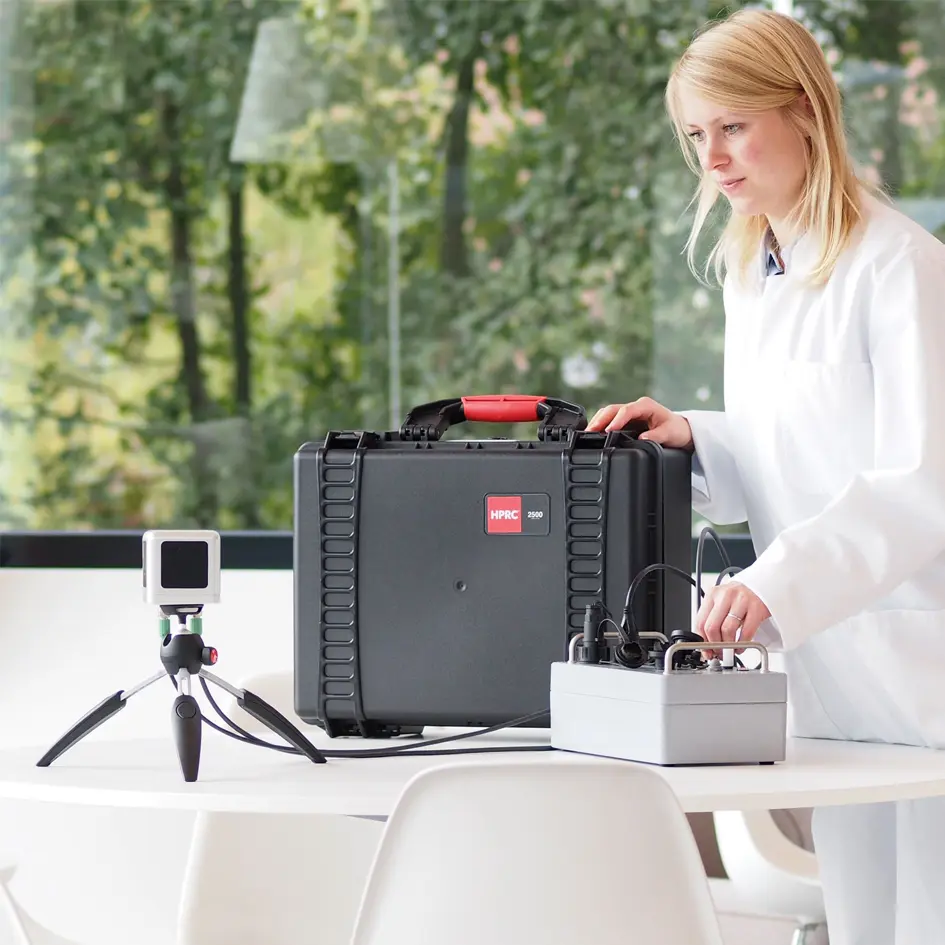Description
Specifications
| Measurand | convective and / or radiative heat flux |
|---|---|
| BLK | : |
| Absorption over range | > 95 % |
| GLD | : |
| Spectral range (NIR-FIR) | 700 to > 10000 x 10⁻⁹ m |
| Spectral range (VIS) | 400 to 700 x 10⁻⁹ m |
| Reflection over range | > 80 % |
| Solar absorption | < 20 % |
| Rated temperature range – continuous use | -185 to +260 °C* |
| Working with BLK – GLD sticker series | : |
| Effect on sensor sensitivity | negligible |
| Application on sensor | by user or at factory see user manual and instruction video |
| * | See also the rated temperature ranges in the sensor user manuals |
| Options | Pre-applied to the sensor at the factory |
Overview
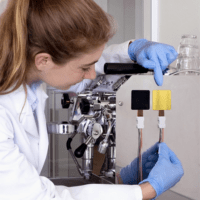 Heat flux measurement is a powerful tool to gain insights into processes involving thermal energy. Heat flux consists of conductive, convective and radiative flux. Measuring heat flux, users may wish to measure only radiative or only convective heat flux. This is now possible with the BLK – GLD sticker series, designed to be used with a wide range of our market-leading heat flux sensors. The BLK black absorbing stickers will absorb all radiation and are sensitive to both radiative and convective heat flux, while the GLD gold reflective stickers reflect all radiation and are sensitive to convective heat flux only. Combining BLK and GLD, applied to two separate heat flux sensors, will allow for measuring radiative heat flux:
Heat flux measurement is a powerful tool to gain insights into processes involving thermal energy. Heat flux consists of conductive, convective and radiative flux. Measuring heat flux, users may wish to measure only radiative or only convective heat flux. This is now possible with the BLK – GLD sticker series, designed to be used with a wide range of our market-leading heat flux sensors. The BLK black absorbing stickers will absorb all radiation and are sensitive to both radiative and convective heat flux, while the GLD gold reflective stickers reflect all radiation and are sensitive to convective heat flux only. Combining BLK and GLD, applied to two separate heat flux sensors, will allow for measuring radiative heat flux:
Φ radiation + convection = Φ BLK
Φ convection = Φ GLD
Φ radiation = Φ BLK – Φ GLD
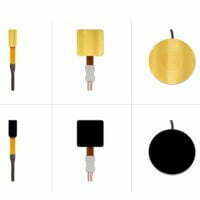 BLK – GLD sticker series has unique features and benefits:
BLK – GLD sticker series has unique features and benefits:
- makes it possible to perform convective and radiative heat flux measurements
- available as accessory for FHF04, FHF04SC, FHF03 and HFP01 heat flux sensors
- designed to be applied by the user (See also the instruction video on our YouTube channel)

BLK – GLD stickers are designed to be applied by the user, but can optionally also be pre-applied at the factory. Applying a sticker to a heat flux sensor does not change the sensitivity of the sensor, so no additional calibration is required. Using the reliable measurement technology behind our heat flux sensors, separating convective and radiative heat flux has never been easier.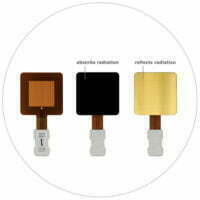
The working principle of BLK – GLD stickers: sensors equipped with black absorbing stickers will absorb all radiation while gold reflective stickers reflect all radiation. Both stickers are sensitive to convective heat flux. The image shows FHF04 heat flux sensor with BLK-5050 black and GLD-5050 gold sticker.
Suggested Use:
Measuring heat flux, users may wish to measure only radiative or only convective heat flux. This is now possible with the BLK – GLD sticker series, designed to be used with a wide range of our market-leading heat flux sensors. BLK – GLD stickers are designed to be applied by the user, but can optionally also be pre-applied at the factory. See also the application procedure instruction video on our YouTube channel.
Applications
- Heat flux measurement to validate CFD thermal simulations
- Industrial monitoring and control / heat flux and heat transfer measurement
- Scientific research / heat and heat transfer measurement
Frequently asked questions
How to measure heat flux?
Heat flux sensors measure energy flux onto or through a surface in [W/m²].
The source of the heat flux may be:
- conduction
- radiation
- convection
Convective and conductive heat transfer are associated with a temperature difference. Heat always flows from a source to a sink, from a hot to a cold environment. Convective and conductive heat flux is measured by letting this heat flow through the sensor. Radiative flux is measured using heat flux sensors with black absorbers. The absorbers converts radiative to conductive energy. Hukseflux started in 1993 with sensors for measurement of heat flux in soils and on walls. In the course of the years, we have added specialised sensors and systems for many other applications.
Heat flux sensors manufactured by Hukseflux are optimised for the demands of different applications:
- rated temperature range
- rated heat flux range
- sensitivity
- response time
- chemical resistance, safety requirements
- size, shape and spectral properties
Hukseflux is the world market leader in heat flux measurement. We have prepared a white paper briefly explaining the fundamentals of measuring with heat flux sensors. It also offers general directions what to watch out for and some, perhaps surprising, applications of heat flux sensors. Take a look at our white papers.
What matters most when measuring with a heat flux sensor?
There are quite a few general considerations when starting a heat flux measurement.
- Representativeness in time and space; average!
A heat flux sensor measures at a certain location. Is this location representative of what you need to measure? If possible, use a relatively large sensor, rather than a small one, and consider use of multiple sensors. Thermal processes often have large time constants; instantaneous measurements may be misleading. Average to get the full picture. - Optical properties
When heat flux sensors also measure radiation, pay attention to the surface color. If needed paint the sensor surface. Please mind that shiny metallic surfaces reflect both infra-red and visible radiation. Paints may have different colors in the visible range, but are usually “black” absorbers in the far-infra-red. - Sensor thermal resistance
A heat flux sensor distorts the local heat flux. In order to minimize this effect, use the sensor with the lowest possible thermal resistance. - Edge effects
A heat flux sensor locally distorts the heat flow pattern, in particular around the edges of the sensor. A passive guard, i.e. a non-sensitive part around the sensor is essential to avoid errors due to edge effects.
There are more characteristics that matter. Please find them in our white paper on heat flux fundamentals and applications.
Which sensor(s) to use for surface energy flux measurement?
Hukseflux manufactures a range of sensors for surface energy flux measurements. All have proven reliability.
Sensors made by Hukseflux are designed for compatibility with most common datalogger models. For many models we have example programs and wiring diagrams available.
How to measure R-value and U-value of buildings?
On-site measurements of thermal resistance, R, are often applied in studies of buildings. Alternatives are to measure its inverse value, the thermal conductance which is called the Λ-value, or the thermal transmittance which includes ambient air boundary layer thermal resistance, the U-value. The measurements of R are based on simultaneous time averaged measurement of heat flux Φ and differential temperature, ΔT, (using two temperature sensors on each on a different side of the wall).
R = ΔT / Φ
Hukseflux provides a range of sensors and measuring systems for use in measurement of the energy budget of buildings and characterization of construction materials.
HFP01 heat flux sensor is widely used for on-site measurements on walls, windows and other construction elements in building physics.
- HFP01 can be used for in-situ measurement of building envelope thermal resistance (R-value) and thermal transmittance (H-value) according to ISO 9869, ASTM C1046 and ASTM 1155 standards. HFP01 is the world’s most popular sensor for heat flux measurement in the soil as well as through walls and building envelopes. HFP01 measures heat flux through the object in which it is incorporated or on which it is mounted, in W/m². More information? Visit the HFP01 product page.
Cannot find what you are looking for? Please contact us.

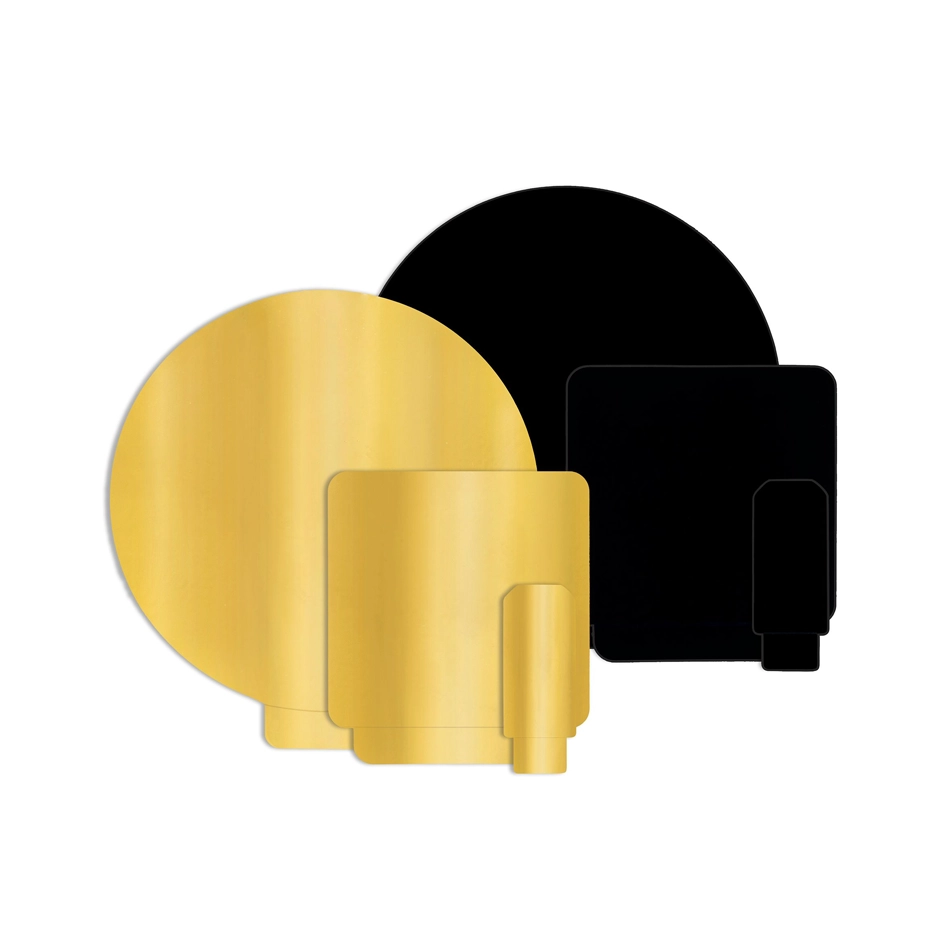

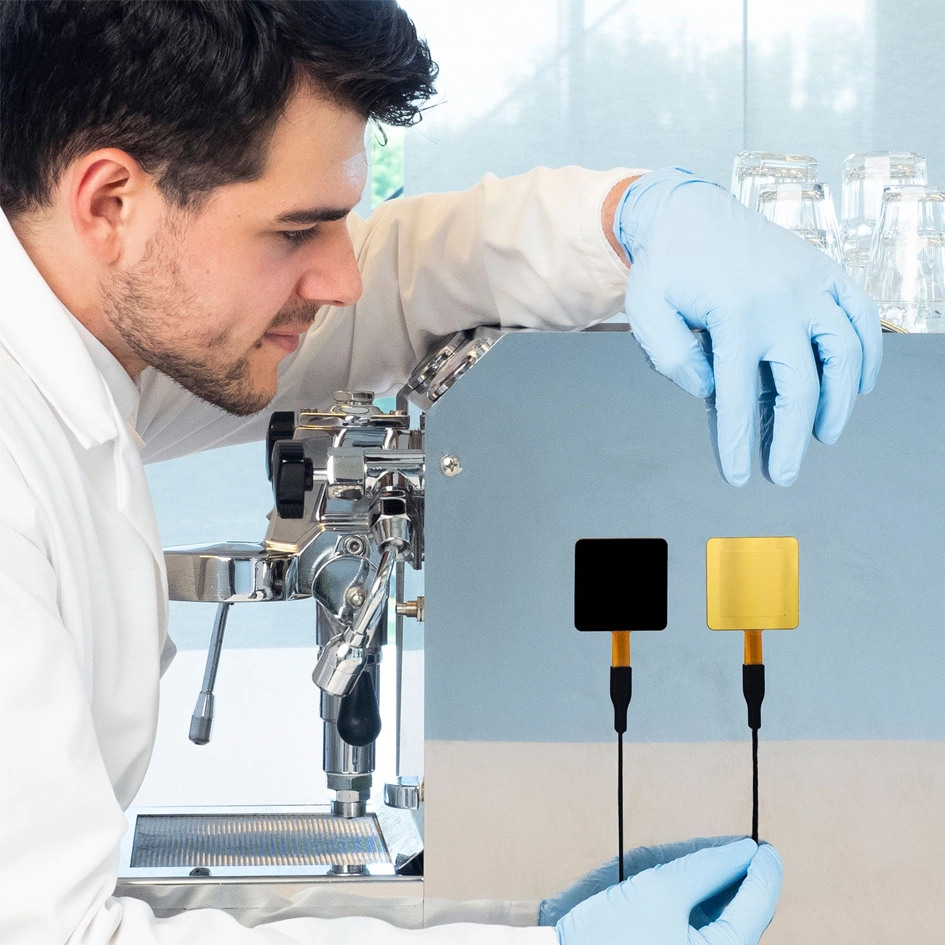
 .
. 





